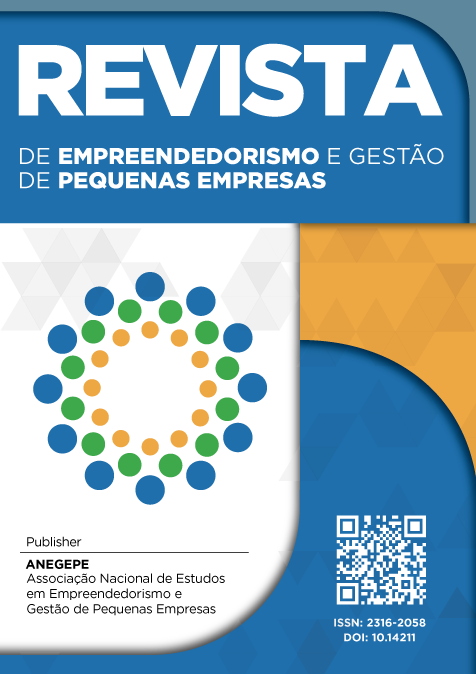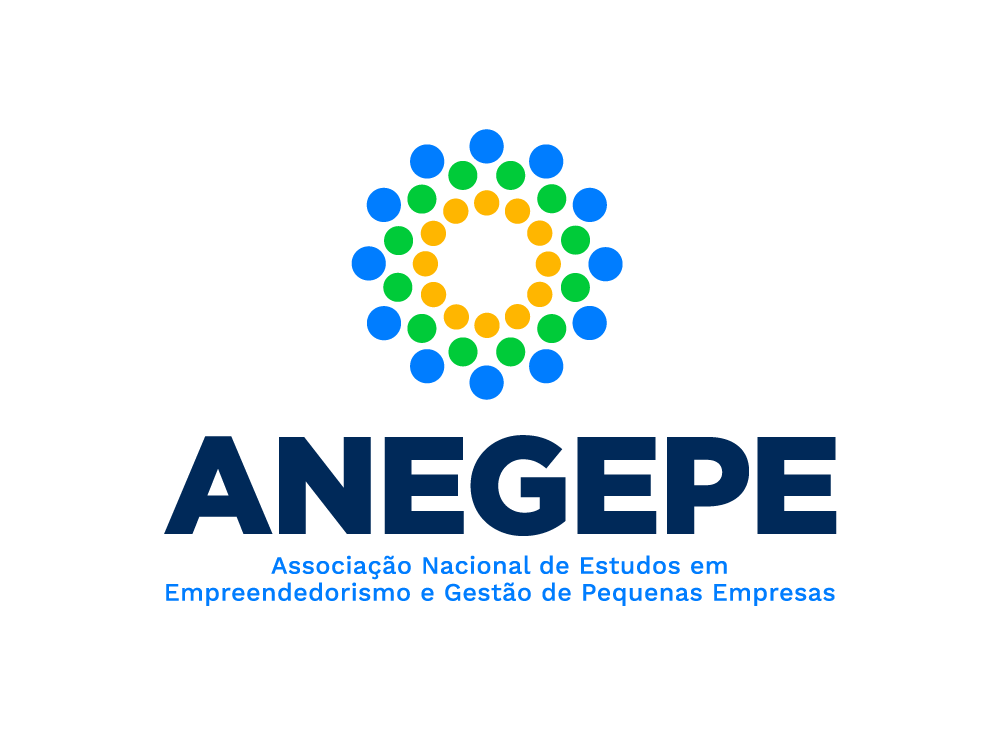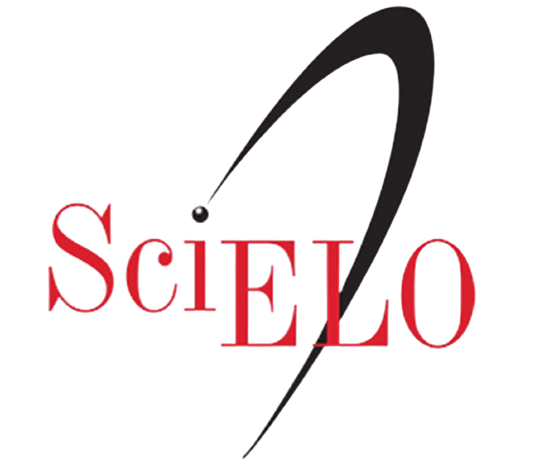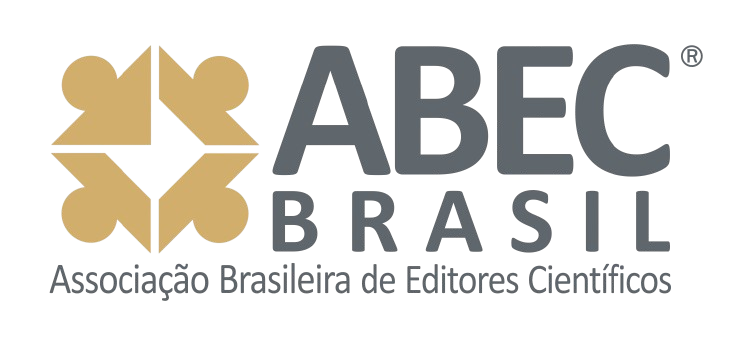IDENTIFICAÇÃO DE ELEMENTOS CULTURAIS NA AQUISIÇÃO DE UMA EMPRESA FAMILIAR POR UM FUNDO DE PRIVATE EQUITY: UM ESTUDO DE CASO
DOI:
10.14211/regepe.v2i2.79Keywords:
empresas familiares, cultura organizacional, aquisição, fundos private equity.Abstract
As empresas familiares possuem destaque nas sociedades em que estão inseridas. Neste trabalho foram identificados os elementos culturais presentes na aquisição de uma empresa familiar do setor de transporte de cargas por um fundo de private equity. Foi utilizado como metodologia o estudo de caso; os dados foram coletados por meio de entrevistas realizadas a partir de questionário não-estruturado. Foram entrevistados quatro participantes do processo: dois funcionários da empresa não pertencentes à família, o fundador e o seu filho, sucessor e atual diretor financeiro. A base de análise para a cultura organizacional em empresas familiares foi o modelo proposto por Dyer (1988), que classifica a cultura das empresas familiares em Paternalista, Lassez-faire, Participativa e Profissional. Foi identificada a tentativa de transição da cultura paternalista para a cultura profissional após a entrada dos funcionários do fundo de private equity na empresa. Após 01 ano de tratativas a negociação foi desfeita. Foram identificadas diferenças na forma de visualização da negociação pelas duas empresas: enquanto os representantes do fundo de private equity focavam primordialmente nos aspectos financeiros e nas possibilidades de ganho com a empresa familiar, os representantes desta idealizaram outros aspectos não financeiros, como as dificuldades do compartilhamento de poder, as diferenças na forma de atendimento a clientes, as diferenças no relacionamento com funcionários, a manutenção de funcionários pertencentes a família e outros com longo tempo de casa.
Downloads
Downloads
Published
Métricas
Visualizações do artigo: 3529 PDF (Português (Brasil)) downloads: 1713
How to Cite
Issue
Section
License
Authors who publish in this journal agree to the following terms:
-
The author(s) authorize the publication of the text in the journal;
-
The journal is not responsible for the opinions, ideas, and concepts expressed in the texts, as they are the sole responsibility of their authors;
-
Authors retain copyright and grant the journal the right of first publication, with the work published under the CC BY 4.0
License, which allows sharing the work with acknowledgment of authorship and initial publication in this journal;
-
Authors are allowed and encouraged to post their work (Submitted version, Accepted version [Manuscript accepted by the author], or Published version [Record version]) online, for example in institutional repositories or preprints, as it can lead to productive exchanges as well as earlier and greater citation of published work. REGEPE requires that authors indicate/link the published article with DOI. See the Effect of Open Access.















